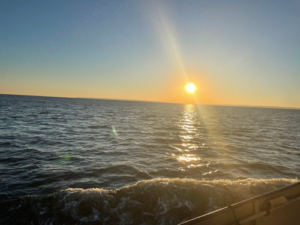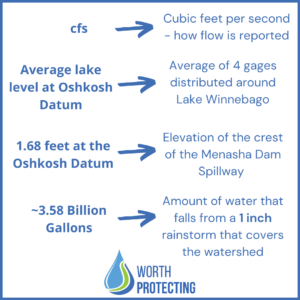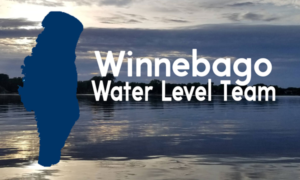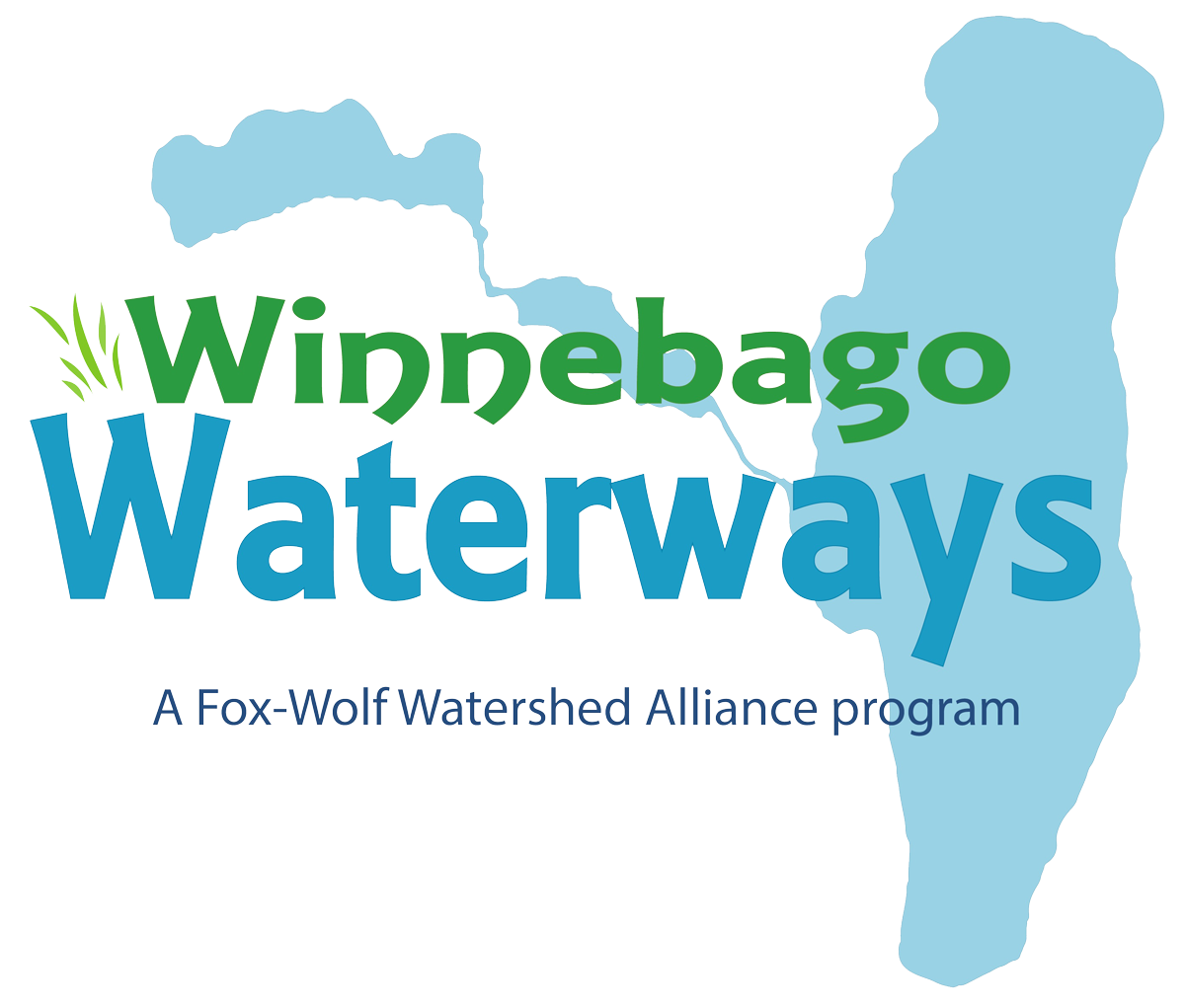Lake Winnebago Water levels are managed by the Army Corps of Engineers according to an annual set regulation band. The Winnebago Water Level Assessment Team hosts public meetings prior the the Army Corps of Engineers public meetings to discuss the regulation band (meetings typically held Sept/Oct and Jan/Feb). All stakeholders are welcome to attend these meetings. Contact the Winnebago Waterways Program Coordinator to join the WWLAT meeting email list and check out the WWLAT page for more info!
Factors that affect water levels

Considerations for water level management – Up and Down Stream
(likely not a complete list!!) Aside from Flood Risk Management, which is regulated by the Marshall Order, and navigation, which has set limits due to the 1920 modification to the Marshall Order, considerations are listed in no particular order.

Lake Winnebago Water Levels are managed by the Army Corps of Engineers – Chicago District, coordinated with their Lake Michigan Project Office in Appleton, WI.
Levels are managed according to a set regulation strategy band.
Understanding Water Level Management for Lake Winnebago
2021 – Lake Winnebago – Annual Winter Drawdown and Low Water
2022 – Ice-out called and spring refill information
Factors considered for daily decision about dam operations (guided by annual strategy)
- Time of year (annual strategy) – learn more about the annual strategy here
- Average level of Lake Winnebago
- Inflows
- Outflows
- 5-day rainfall/precipitation forecast
- Wind speed and direction
- Ice cover
- Soil Moisture
- Snow pack
- Depth to frost
- Climate outlook
- Forecasted water level trend

Join the Winnebago Water Level Assessment team to help develop realistic and achievable water level strategy recommendations and related goals
Winnebago Waterways is a Fox-Wolf Watershed Alliance recovery initiative.
Contact us at wwinfo@fwwa.org


